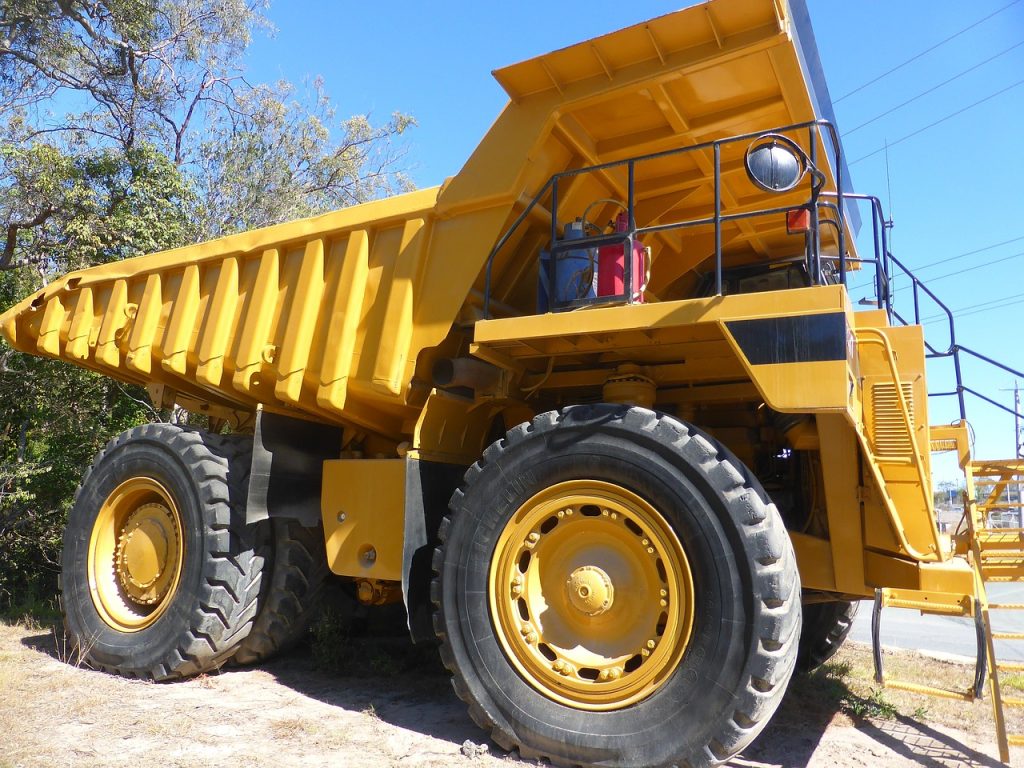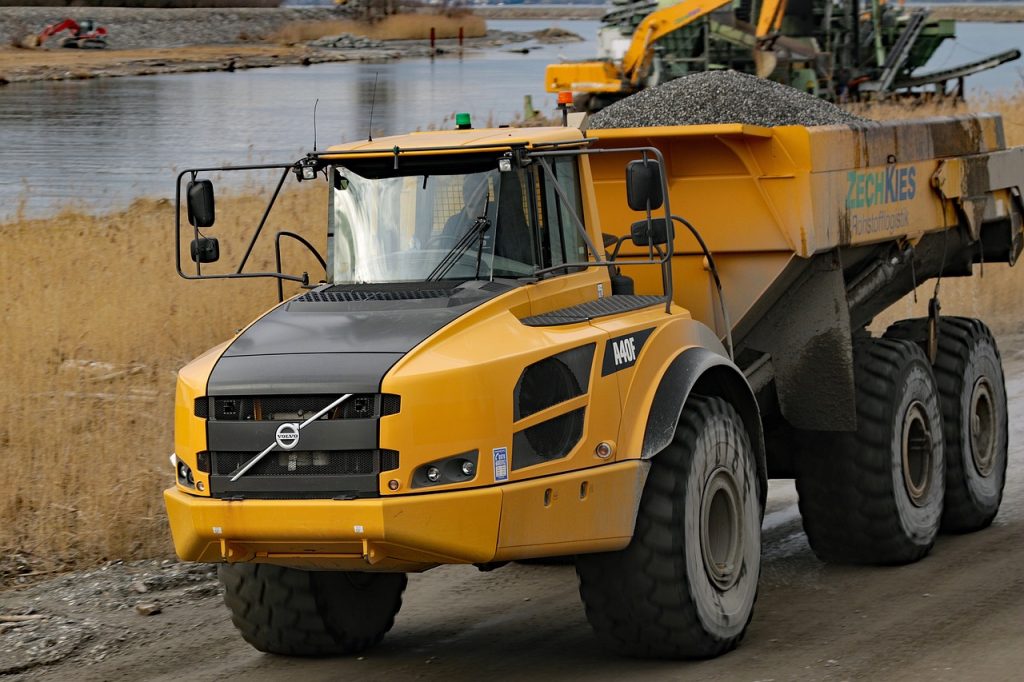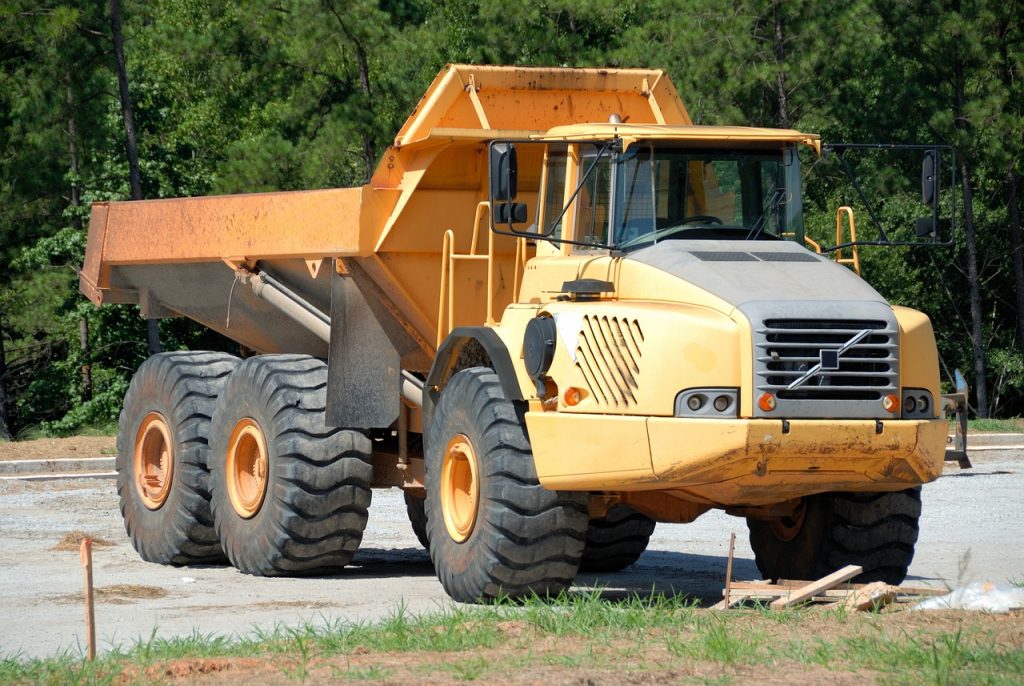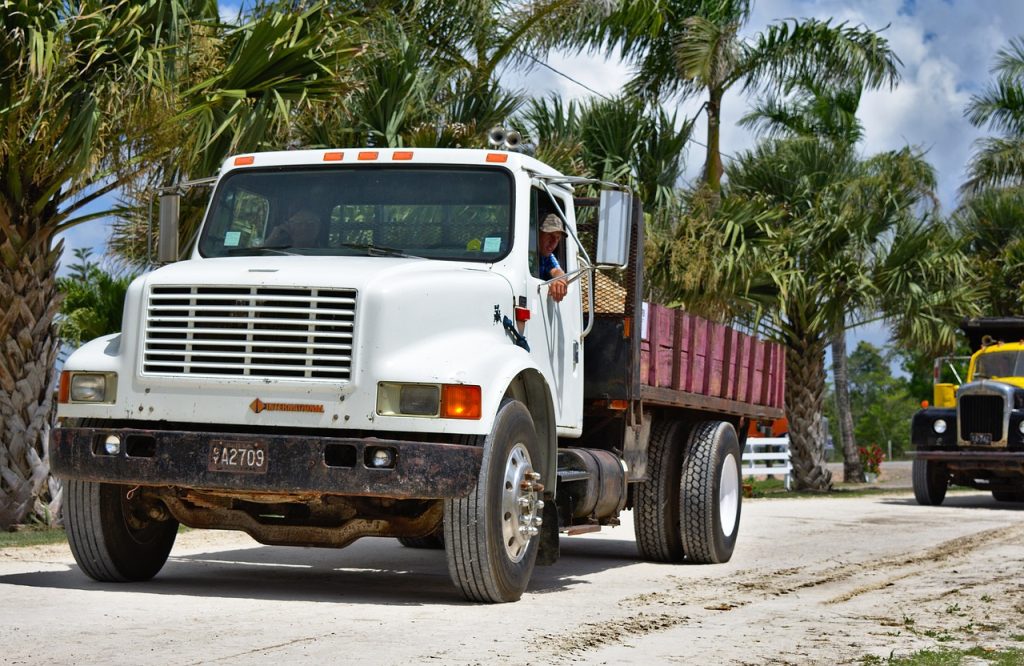Dump Truck Weight Limits: Learn Limits of Its 3 Types
Freedom Heavy Haul can offer expedited Pickup and Delivery for any size shipment anywhere in the USA. Contact us today for No Hassle, No Pressure Pricing.
The issue of dump truck weight limits is crucial in the transportation and construction industries, impacting everything from road safety to operational efficiency. These limits are established to ensure that vehicles are safe to operate while protecting infrastructure and ensuring fair use of public roads. Understanding these limits is essential for anyone involved in the operation, regulation, or manufacturing of dump trucks. In this article, you will learn about dump truck weight limits and its 3 types.
Understanding Dump Truck Weight Limits
Dump truck weight limits are not just arbitrary figures; they are carefully calculated based on the truck’s design, the type of material being hauled, and the roads it will travel on. These limits help prevent accidents, road damage, and undue wear and tear on the vehicle itself.

Overview of Dump Truck Capacities
Dump trucks come in various sizes, with the largest ones capable of carrying up to 28,000 pounds or 14 tons. Smaller dump trucks typically have a capacity of about 15,000 pounds or 7.5 tons. These capacities are influenced by the truck’s size, design, and intended use, dictating how much material they can safely transport without exceeding legal or practical weight limits.
Role of Weight Limits in Operational Safety
Adhering to weight limits is essential for the safety of the driver and others on the road. Overloading a truck can lead to reduced control, longer stopping distances, and increased strain on vehicle components, all of which can contribute to accidents and breakdowns.
Categories of Dump Trucks and Their Capacities
Dump trucks are categorized based on their size and the weight they can legally carry. Understanding these categories is crucial for selecting the right truck for the job and for complying with regulatory requirements.
Heavy-Duty Dump Trucks
Heavy-duty dump trucks, the largest type, are designed to carry the heaviest loads. They often have weight limits approaching the maximum allowed on highways, typically up to 80,000 pounds under federal regulations, subject to the Federal Bridge Formula.
Heavy-duty dump trucks are the workhorses of the construction industry, designed to carry large loads of materials like rocks, soil, and demolition waste. These trucks have the highest weight limits and are built for durability and long-term use.
Medium-Duty Dump Trucks
Medium-duty dump trucks generally have a GVWR between 26,001 and 33,000 pounds (11,794 to 14,969 kilograms), making them suitable for a variety of tasks that require more capacity than light-duty trucks but less than heavy-duty ones.
Light-Duty Dump Trucks
Light-duty dump trucks have a GVWR between 10,000 and 26,000 pounds (4,536 to 11,793 kilograms). These are used for smaller-scale projects and are ideal for jobs requiring maneuverability in tighter spaces.
Light-duty dump trucks are used for smaller projects and can navigate in tighter spaces where larger trucks can’t go. They are ideal for landscaping projects, small construction tasks, and other jobs that require moving smaller amounts of material.
Federal and State Regulations on Dump Truck Weights
The weight limits for dump trucks are governed by a complex set of federal and state regulations designed to protect roads and ensure safety. These regulations take into account the truck’s axle number, spacing, and the type of roads it will travel on.

Insights into the Federal Bridge Law (FBL)
The Federal Bridge Law determines the maximum weight a truck can carry based on the distance between its axles. This law is designed to prevent damage to bridges and roads by distributing the truck’s weight more evenly.
Understanding the Federal Bridge Gross Weight Formula (FBF)
The Federal Bridge Gross Weight Formula further refines weight limits by considering the truck’s total length and the number of axles. Trucks with more axles and greater length can typically carry more weight under this formula, which is crucial for determining compliance on federal roads.
Variations in State-Specific Weight Regulations
While federal laws provide a baseline, states can set their own weight limits, which may be higher or lower depending on local infrastructure and safety considerations. Truck operators must be aware of these variations to avoid fines and penalties.
Specific Weight Limits for Different Dump Truck Models
Each dump truck model has its own specific weight limit, which can vary based on its design, the materials used in its construction, and its intended use. Understanding these limits is key to selecting the right truck for your needs.

Each dump truck model has its own specific weight limit. For example, a 25-foot three-axle dump truck would have a gross weight limit of 54,500 pounds, as opposed to the standard limit of 80,000 pounds for a 63-foot five-axle tractor-trailer. Single-axle dump trucks, which are smaller, have lower weight limits suitable for urban areas or smaller projects. On the other hand, tandem-axle dump trucks, which have two sets of axles, can carry more weight and offer better stability.
Weight Limits for Single-Axle Dump Trucks
Single-axle dump trucks are designed for lighter loads and maneuverability in urban environments. The maximum weight allowed on a single axle is 20,000 pounds, as per Federal Bridge Law, making these trucks ideal for smaller jobs and lighter materials.
Weight Limits for Tandem-Axle Dump Trucks
Tandem-axle dump trucks can carry more weight thanks to their additional axle. The maximum total weight allowed on any two consecutive axles spaced eight or fewer feet apart is 34,000 pounds, making them suitable for medium to heavy loads.
Impact of Axle Spacing on Weight Limits
Axle spacing plays a critical role in determining a dump truck’s weight limit. For instance, a 25-foot three-axle dump truck has a gross weight limit of 54,500 pounds. This is significantly less than the 80,000-pound limit for larger trucks with more axles and greater length.
Operational Aspects of Dump Truck Weight Limits
Operating a dump truck within its weight limits is crucial for safety, compliance, and efficiency. Operators must understand not only the legal requirements but also the practical aspects of loading and unloading materials.

Importance of Weight Distribution in Dump Trucks
Proper weight distribution is essential for maintaining the truck’s balance and handling. Uneven loads can lead to dangerous situations, especially when navigating turns or uneven terrain.
Consequences of Overloading Dump Trucks
Overloading a dump truck can have severe consequences, including increased wear and tear on the vehicle, reduced fuel efficiency, and a higher risk of accidents and road damage.
Strategies for Complying with Weight Limits
Operators can employ various strategies to comply with weight limits, such as using scales to measure loads, understanding the weight of different materials, and planning routes that accommodate the truck’s size and weight.
Impact of Weight Limits on Road Safety and Infrastructure
The weight limits for dump trucks are not just about the vehicles themselves; they also play a crucial role in protecting roadways and ensuring the safety of all road users.
Role of Weight Limits in Preserving Roadways
By limiting the weight trucks can carry, regulations help prevent excessive wear and damage to roads and bridges, extending their lifespan and reducing the need for costly repairs.
Relationship Between Truck Weight and Road Damage
The heavier the truck, the more stress it places on the road surface. This is why weight limits are so important in preventing potholes, cracks, and other forms of damage that can lead to dangerous driving conditions.
Conclusion
In conclusion, dump truck weight limits are a vital aspect of the transportation and construction industries. Adhering to these limits is essential for the safety of operators and the public, the preservation of infrastructure, and the efficient operation of these vehicles. As regulations and technologies evolve, so too will the ways in which we understand and manage dump truck weight limits.
Summarizing the Significance of Dump Truck Weight Limits
Dump truck weight limits are more than just numbers; they represent a complex balance between vehicle capabilities, regulatory requirements, and safety considerations. Their importance cannot be overstated in the context of modern transportation and infrastructure management.
Future Trends in Dump Truck Weight Regulations
Looking ahead, we can expect continued advancements in vehicle technology and changes in regulations as we strive for greater efficiency and safety. Understanding and adapting to these changes will be key for all stakeholders in the dump truck industry.







